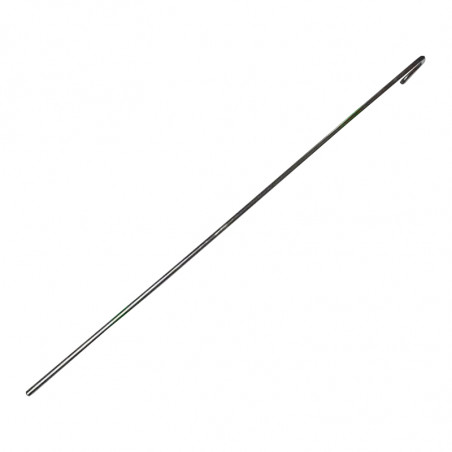Artificial insemination (AI) centers’ economic profitability is directly impacted by the amount of high-quality sperm doses. Many internal and external factors contribute to the quality of ejaculates. To enhance the libido and to reduce the time that is required to train boars for semen collection, prostaglandin products are used routinely at AI centers. The objectives of this study were to analyze sperm parameters of 40,765 ejaculates and the survival of 406 PGF2α-treated and 417 untreated AI boars of five breeds (Duroc, Large White, Landrace, Pietrain, and Large White Sire Line). Data were assessed in one AI center in Switzerland from 2018 to 2022 and sperm parameters were determined by computer-assisted sperm analysis immediately after semen collection. For further calculations, the ejaculates were divided into four groups depending on the boar’s age at semen collection day: 7 to 11, 12 to 18, 19 to 24, and 25 to 87 mo. Along with the boar age, breed, season, and semen collection frequency even the treatment with PGF2α had significant influence on sperm parameters. Overall, 19.5% ejaculates were collected after PGF2α treatment.
For every age and breed group, higher ejaculate volume was found for untreated boars than for PGF2α-treated boars. Higher values for total and progressive sperm motility, total sperm number, and the proportion of morphologically normal sperm were observed in untreated boars across several age and breed groups. Only for sperm concentration, higher values were found for treated boars older than 11 mo and the breeds Duroc, Large White, and Landrace. The chance of ejaculates being rejected for AI purposes because of low sperm quality was 21% greater for treated boars. There was no difference in survival between treated and untreated boars. The hazard for boar removal increased with decreasing age at first semen collection and decreasing semen collection frequency.

The results reveal better sperm quality for untreated boars than for PGF2α-treated boars, which might indicate that the underlying fertility of boars necessitating treatment is inferior compared to boars that can be collected without further treatment. Therefore, AI boar stations that are aiming to reduce PGF2α treatment should pay special attention to high libido and fertility of young prospective AI boars.
Henneberg S, Pieper L, Selige C, Jung M, Schulze M. Analysis of artificial insemination center management factors that contribute to sperm parameters and boar longevity with a major focus on PGF2α treatment. Journal of Animal Science. 2023; 101: skad251. https://doi.org/10.1093/jas/skad251




